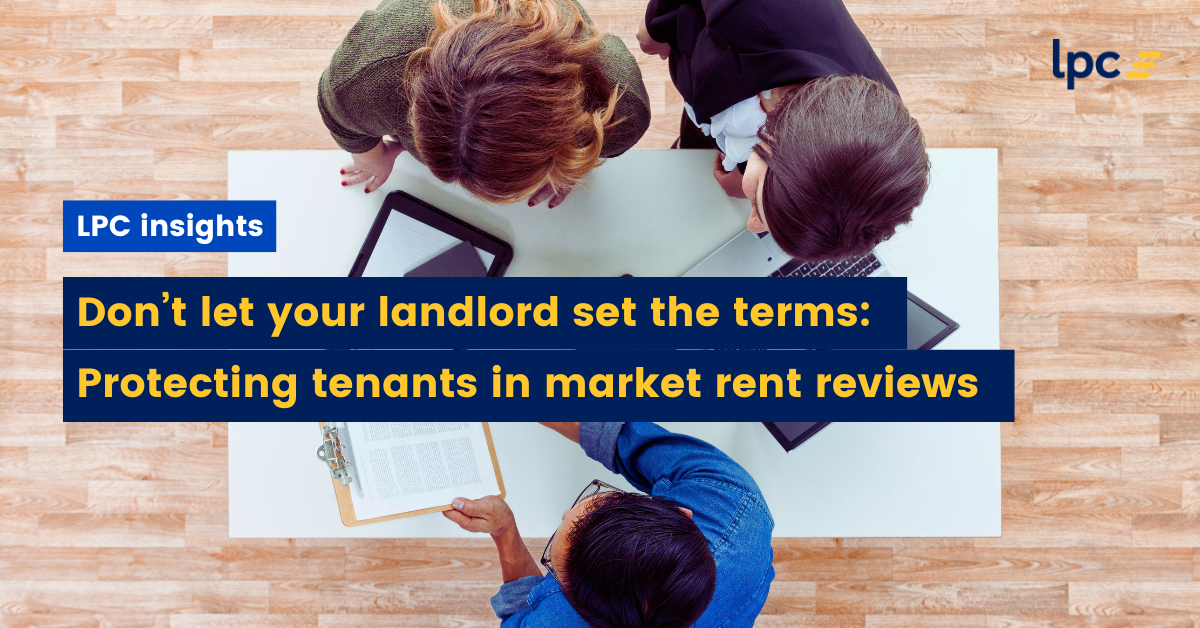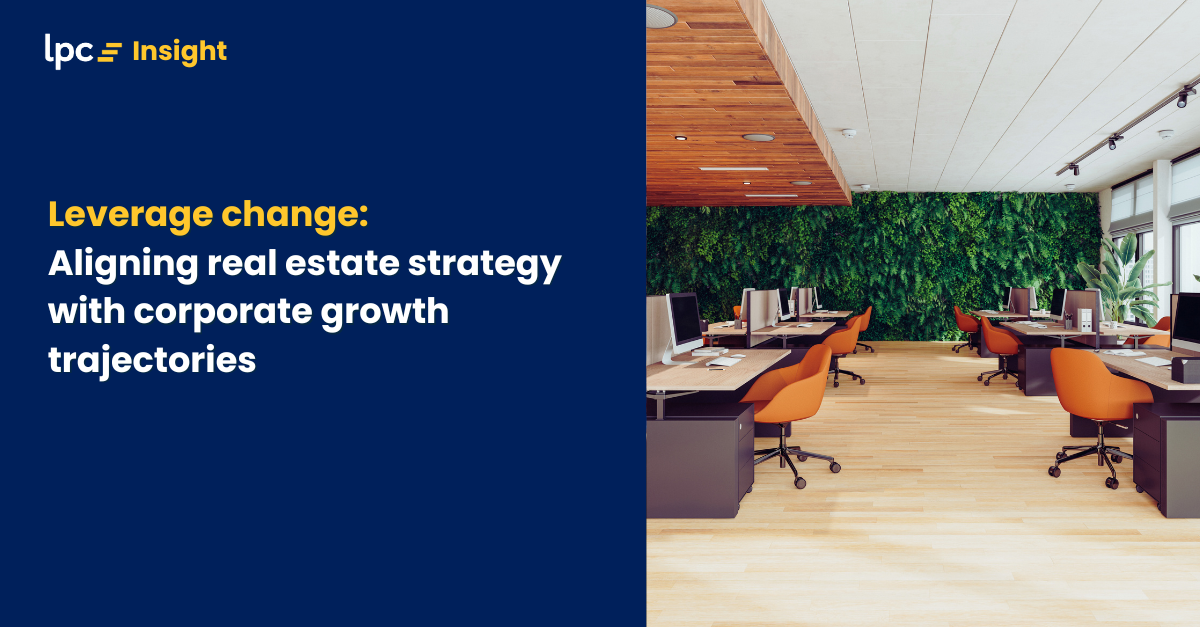In business, change is a constant. Yet, commercial leases are long-term commitments that can significantly improve or harm your business. To mitigate potential harm and futureproof leasing arrangements, it’s essential to secure the right location, right premises, and right lease terms.
What does it mean to be stuck?
Many commercial tenants and occupiers find themselves stuck in properties or lease portfolios that no longer align with their operational needs or business objectives. Getting stuck isn’t just about being tied to the wrong places and spaces; it’s also about agreeing to lease terms that are not aligned to the business requirements and risks.
Being “stuck” refers to finding yourself tied to a commercial property or portfolio that no longer serves your business objectives. You may have a location that doesn’t attract the right customer base, a premises too large or small for your current needs, or lease terms that limit your flexibility and increase business risk. When your property or lease portfolio isn’t optimised for your business, you risk stagnating instead of growing.
How does this happen?
Several factors can lead to businesses becoming stuck with a properties or lease arrangements that don’t work for them:
1. Poor flexibility clauses
When lease agreements lack flexibility, tenants are locked into rigid terms that limit their ability to adapt to changes in the market or their own business. If you don’t have options for early termination, subleasing, or expansion, your business could be stuck with a space that no longer fits its needs.
2. A misaligned property strategy
An ill-considered property strategy can leave businesses with the wrong locations, unsuitable premises, or high-risk lease terms. Without clear alignment between your property portfolio commitments and your long-term business goals, you will find yourself stuck in spaces that hamper growth and profitability.
3. High-risk lease terms
Many tenants unknowingly agree to lease terms that favour landlords and create risks for their business. These include rent review clauses that escalate occupancy costs, onerous make good provisions, ambiguous landlord obligations, inadequate tenant protections for impaired utilisation, or restrictive exit options. Such terms leave businesses trapped in costly and inflexible arrangements.
The consequences of being stuck
Operating from places and spaces that aren’t aligned with your business strategy can have significant impacts:
• Inefficient operations: The wrong space can reduce productivity and make it harder for your team to perform at their best.
• Missed business opportunities: Being stuck in the wrong location or with inflexible lease terms can prevent businesses from capitalising on new opportunities, such as expansion or relocation to a more strategic market.
• Increased costs: Managing a portfolio of properties that don’t match your business needs results in wasted rent and maintenance expenses for space that’s underutilised or unnecessary.
• Damaged business reputation: A poorly positioned or outdated location can affect your brand’s image, reducing your ability to attract both customers and top talent.
Preventing these problems
To avoid being stuck in properties that no longer serve your business, it’s essential to take a proactive, strategic approach to your lease and property decisions.
1. Secure the right location and premises
Ensuring that you have the right location is critical to the long-term success of your business. The premises must support your business’s current and future needs—whether that’s foot traffic for retail, access to talent for office space, or proximity to distribution channels for industrial operations. Conducting regular reviews of your property portfolio ensures you’re positioned to achieve the best outcomes.
2. Incorporate flexibility into your lease terms
Flexibility is key to ensuring that your property portfolio can evolve with your business. Negotiating flexibility clauses like subleasing options, termination rights, or rent review terms can safeguard your business against being trapped in a space that no longer serves you.
3. Align your property strategy with business objectives
Your property portfolio should be an asset to your business, not a burden. By aligning your real estate strategy with your long-term business goals, you ensure that every lease you sign delivers value and supports your growth objectives. A strategic approach also helps reduce business risk, ensuring your locations, premises, and lease terms are optimised.
Solutions for businesses already stuck
If you’re already stuck with a lease or property that doesn’t meet your needs, there are solutions to explore:
• Renegotiate lease terms: It may be possible to negotiate with your landlord to amend your current lease to better suit your needs, especially if market conditions have shifted in your favour.
• Sublease or assign the lease: If flexibility clauses allow, subleasing or assigning part or all of your space can help alleviate financial pressure while you explore long-term solutions.
• Exit strategy planning: Even in cases where businesses feel trapped, there may be opportunities to exit leases early or restructure the lease terms. Working with a tenant advisor can help you identify and pursue these options.
Futureproof your commercial portfolio with LPC
At LPC, we understand that your commercial property decisions should always put business before space. Our tenant advisory services are conflict-free, ensuring that we always act in your best interests. Whether you need help securing the right location, negotiating favourable lease terms, or optimising your property portfolio for the future, we focus on your long-term business success.
Add your voice to this conversation by subscribing to The Tenants' Voice LinkedIn Newsletter! Don’t get stuck where you don’t belong!



